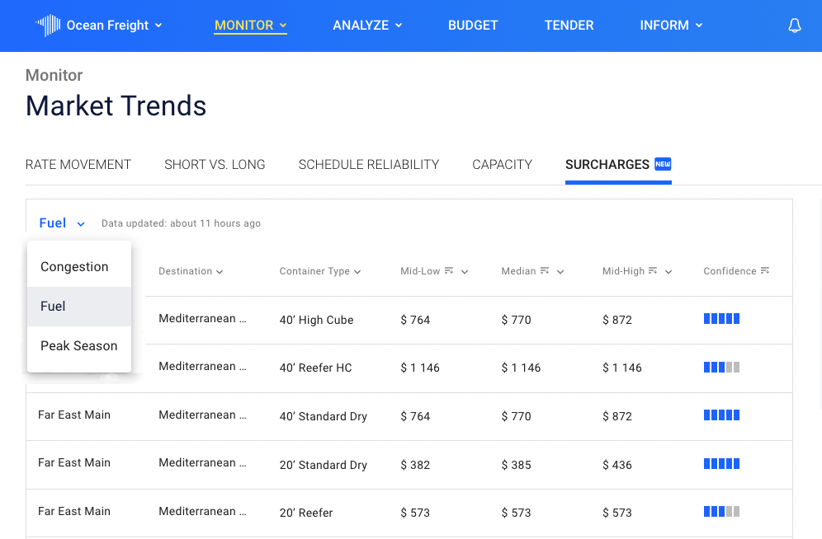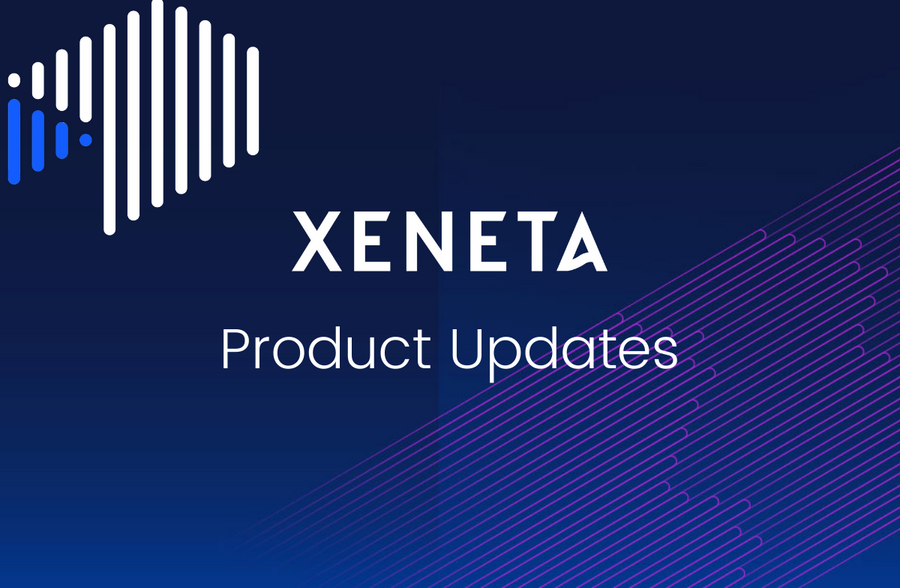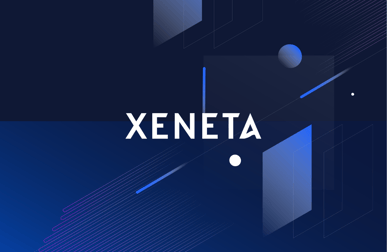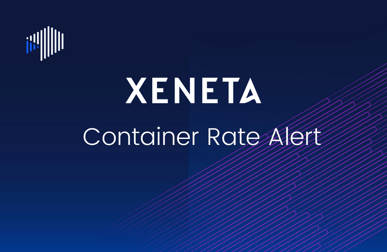As shippers and forwarders know, the total price to have freight shipped is not a singular fee. On top of the agreed freight rate, surcharges are among the most common additional costs. These come in a variety of forms, and different carriers will offer different options. Due to a lack of transparency, it’s never fully clear exactly how carriers calculate these costs.
At Xeneta, our main aim is to provide data-driven transparency to the shipping industry. As such, we seek to offer as much granularity as possible in the total price customers pay. Thanks to the data provided by our customers, we know how prevalent surcharges have become—even as freight rates fall, overall prices are still being bumped up by these charges.
Read more.
Before adding surcharges to the platform, we had to ensure that our data was sufficient and that we had a methodology in place to collect, cleanse and calculate accurate figures. Now that this work is complete and we are more than confident in the data, we are proud to offer our customers the Ocean Surcharge Dataset.
 The surcharge dataset includes:
The surcharge dataset includes:
- Congestion
- Fuel
- Peak Season
For shippers and forwarders, this data is invaluable. Having a detailed breakdown of their total freight cost allows them to find more cost-efficient routes, steer negotiations with a clearer picture of the market, and identify if their current surcharges line up with the market average.
Breakdown of Each Surcharge
Congestion
Port Congestion Surcharge aka Congestion Fee (PCS, CFD, CFO, CS, CON, CGS), or Emergency Terminal Congestion Charge generally occurs in case of an unusual event, like unexpected bad weather, strikes, port fires, or major disruptions in sailing schedules. These lead to decreased port capacity and longer vessel waiting times.
The fee is applicable when a carrier continues to offer services to a congested port, despite operational difficulties at the terminal. The fee covers all additional costs associated with congestion, which include but are not limited to:
- Maintenance
- Fuel costs
- Possible rerouting of cargo
- Costs related to schedule delays
- Other operational costs during the waiting time
Fuel
Fuel or Bunker Surcharges are among the most crucial ones as they cover the cost of fuel for the ship. In some cases, the charge covers the whole cost of fuel, while (I’d say) in most cases, it covers only the fluctuations in the fuel prices (hence, the “adjustment” factor) with the base cost already being included in the base freight.
Fuel charges vary across different trades as they depend on fuel price (duh) and fuel consumption on the route. The latter depends on distance, transit time, vessel direction, load weight, ship size and build, fuel efficiency, etc.
Peak Season
Peak Season Surcharge (PSS) is a variable fee that carriers may apply during times of peak demand when they are at near or full capacity. Growing demand leads to a lack of space on vessels and increased costs for supplying sufficient equipment. The fee also offsets the losses from slower and less productive periods when some equipment is not being used.
Carriers can implement this surcharge at any time and at any level. PSS is an additional fee on top of the base freight rate (which also usually increases during peak season), though, like GRI, it may be canceled or mitigated at a lower rate. PSS usually applies to specific trade lanes rather than a particular port or port pair.
PSS may be applied at any time of year but is more common before fall/winter holidays like Thanksgiving (+Black Friday), Christmas, New Year and before Chinese New Year in February.
How can I access the Surcharge Data?
The Ocean Surcharge dataset is immediately available to Xeneta customers. Contact your Xeneta Customer Success Manager to get access.
For non-customers interested in Surcharge Data, as well as instant visibility into ocean freight rates, capacity and overall market trends, contact us below for a custom demo on your most valued trade lanes.






